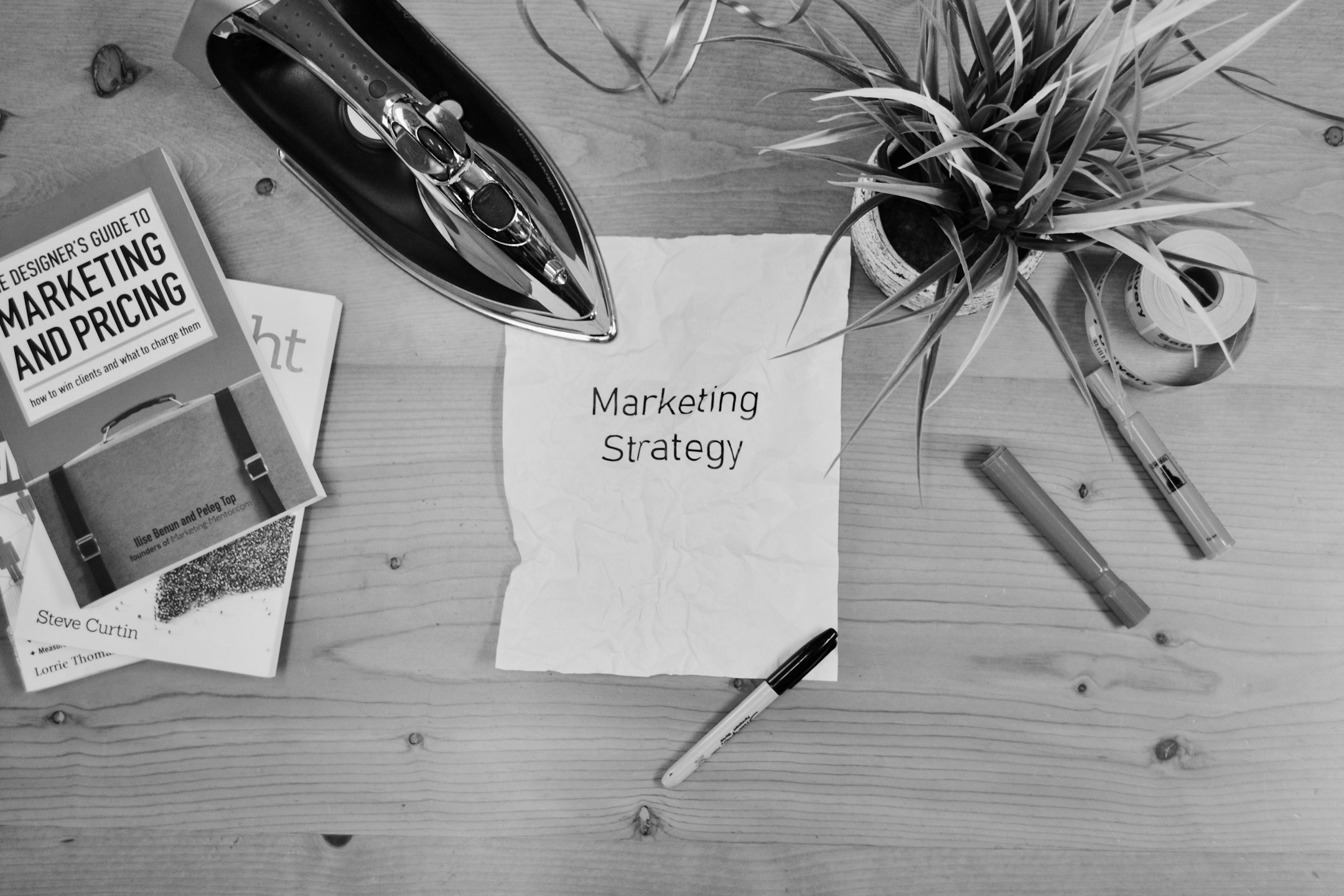
Why GROWTH is bigger than marketing
Growth is often associated with marketing because marketing plays a critical role in driving initial awareness, generating leads, and acquiring customers, which are the early stages of the customer journey. However, growth as a concept actually encompasses the entire customer value chain, from brand awareness to customer loyalty and recurring sales.
While marketing is a vital component of growth, true growth is about optimizing the entire customer value chain. It requires a cohesive strategy that integrates marketing, sales, product development, and customer success to create a seamless and valuable experience for the customer. This holistic approach is what ultimately drives sustained growth and business success.
Here’s why growth is connected to the entire customer value chain:
Holistic growth strategy:
Growth is not just about acquiring new customers but also about retaining existing ones, increasing customer lifetime value, and ensuring customer satisfaction. This requires a comprehensive approach that involves multiple functions beyond marketing, including sales, product development, customer service, and operations.
Customer journey management:
Growth involves managing the entire customer journey. This includes understanding and optimizing every touchpoint from when a customer first hears about a brand (awareness) to when they make a purchase (conversion) and continue to engage with the brand through repeat purchases (loyalty).
Cross-functional alignment:
Effective growth strategies require alignment across various departments. Marketing might drive awareness and lead generation, but sales teams close deals, product teams ensure the product meets customer needs, and customer success teams work on retention and upselling. Without cross-functional collaboration, growth efforts can be fragmented and less effective.
Data-driven insights:
Growth teams often leverage data across the entire customer value chain to make informed decisions. This includes analyzing marketing performance, sales conversions, product usage, customer satisfaction, and churn rates. Insights from these areas help in optimizing strategies across the board, not just in marketing.
Customer experience and loyalty:
Sustainable growth depends on delivering a great customer experience that turns customers into repeat buyers and brand advocates. This goes beyond marketing to include the quality of the product, customer support, and overall satisfaction. Loyal customers not only provide recurring revenue but also help attract new customers through word-of-mouth.
Long-term business success:
While marketing is crucial for driving initial growth, long-term success depends on how well a company can retain customers, increase their lifetime value, and create loyal advocates. Growth, therefore, is about the full lifecycle of the customer relationship, ensuring ongoing engagement and satisfaction.
Evolving role of growth leaders:
Modern roles like Chief Growth Officer (CGO) or Chief Revenue Officer (CRO) reflect this broader focus. These roles are tasked with overseeing the entire growth process, from customer acquisition to retention and expansion, ensuring all parts of the customer value chain work together to drive growth.